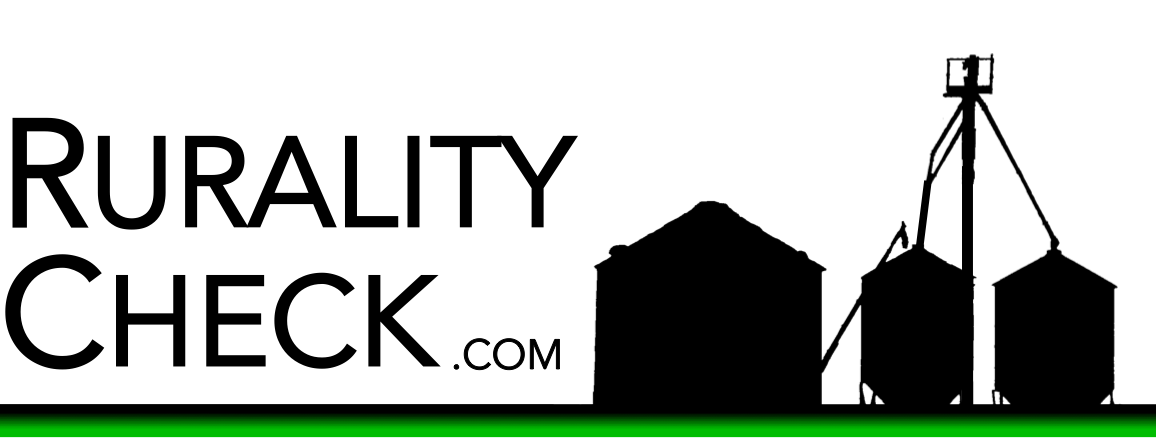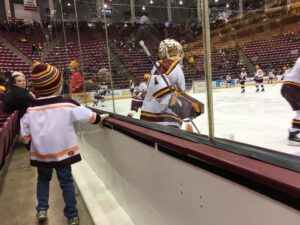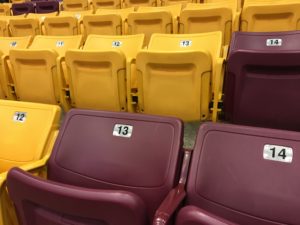
Not all home-field advantages are created equal. Some don’t even exist.
Major-league baseball has a beloved quirk: no two ballparks are the same. Different ballparks have different sizes of outfields (e.g. the huge outfields in Detroit), different heights of outfield walls (e.g. the “baggy” in right field in the old Metrodome, and the Green Monster in left field in Fenway), or even weirder features (e.g. the little hill in center field in Houston). All of this creates a home-field advantage beyond the typical hometown crowd.
College hockey is like that, kinda. Ask a follower of college hockey, and he will tell you about different-size sheets of ice. Most schools play on the standard, NHL-size rink (85 feet wide), but several play on Olympic ice, which is the same length but wider (100 feet). In the hockey community, “big ice” is considered a home-ice advantage.
It’s not.
I published a data-driven article at CollegeHockeyNews.com that outlines how “big ice” does not translate to more wins for the home team. Check it out here.
Also, if you’re interested in sports, especially data-driven sports analysis and/or the Minnesota Gophers, and perhaps a little humor, please consider following my sports Twitter account, @PrideOnIceCream.

P. A. Jensen is editor of RuralityCheck.com.
He lives in northern Minnesota with his wife and son.



